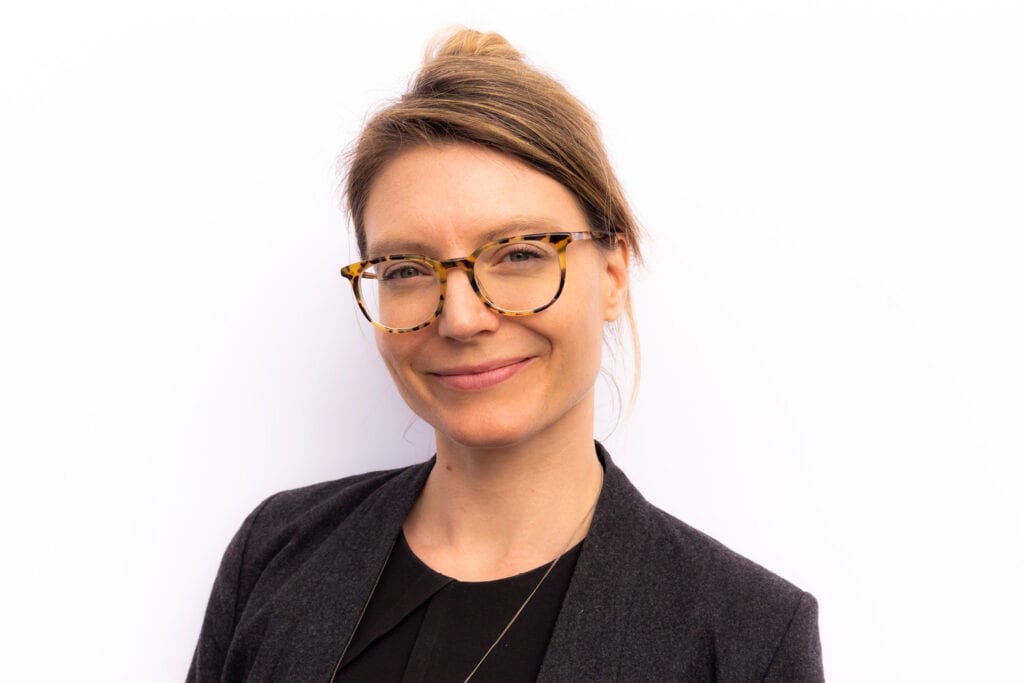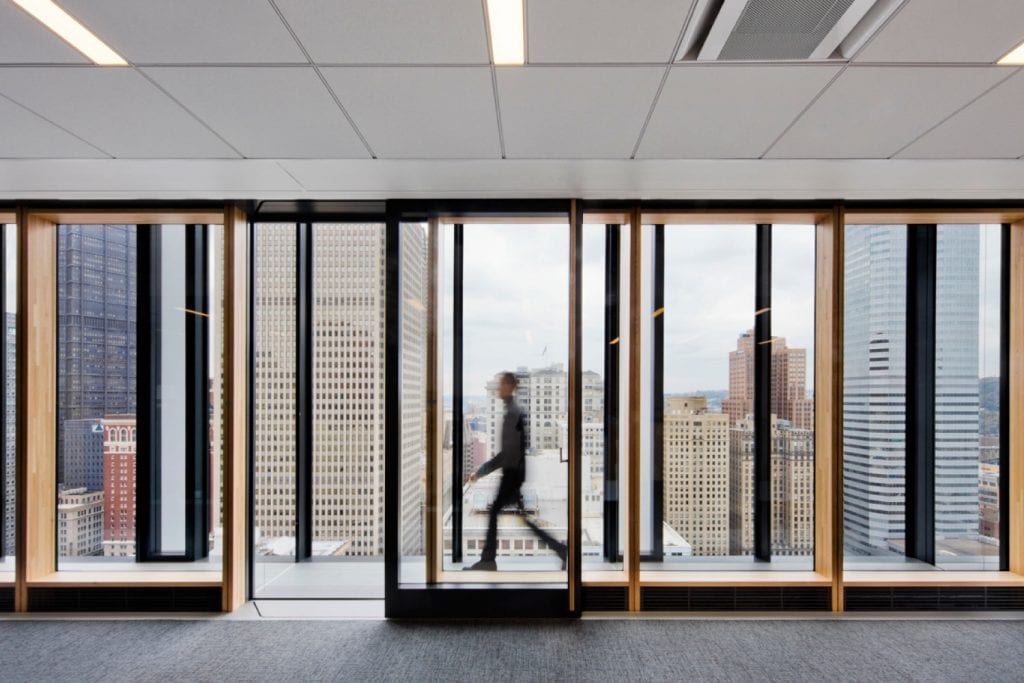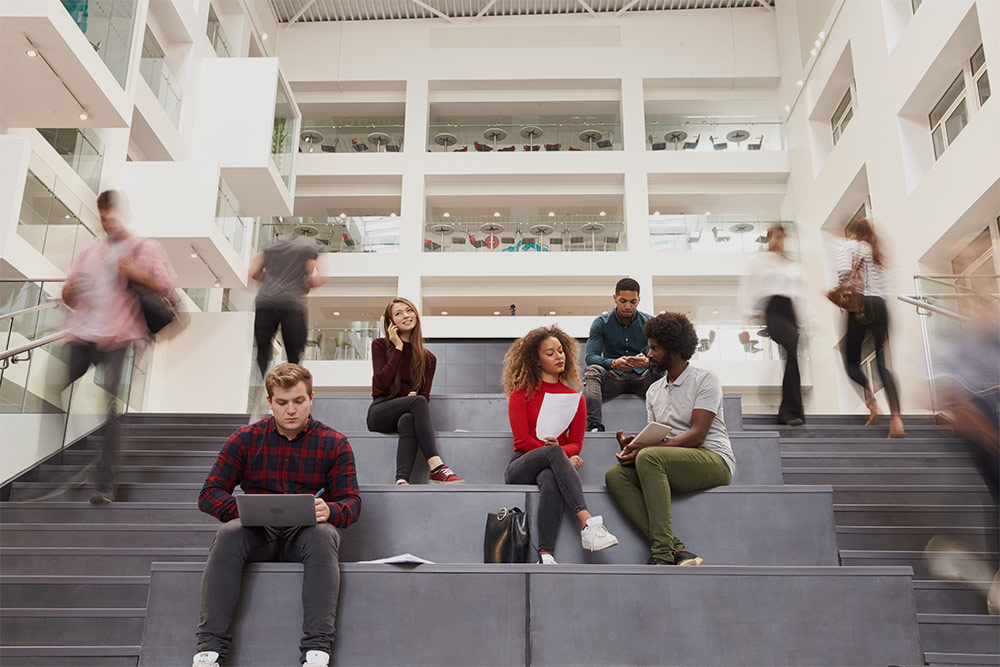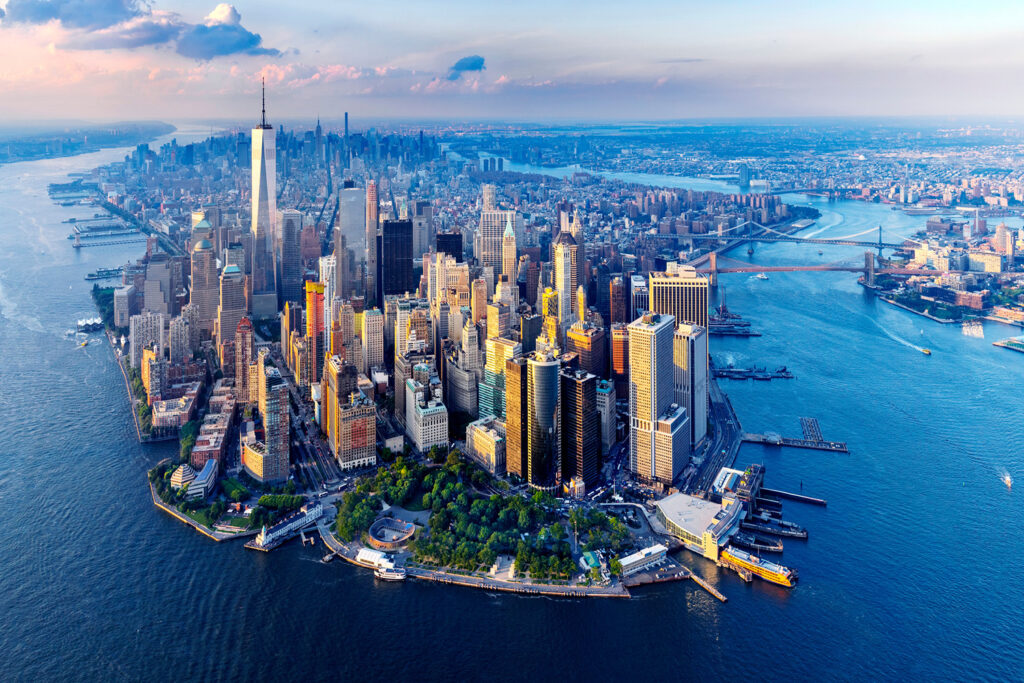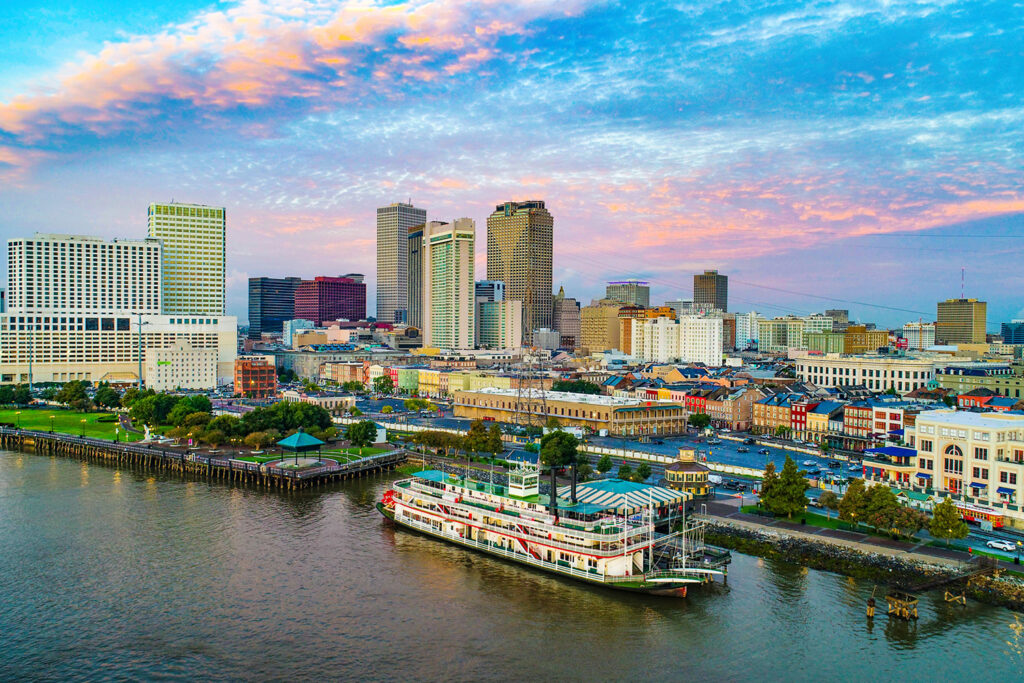Virtual Forum: The Culture and Media Sectors in the Post-Covid Era
The Covid-19 pandemic has created unprecedented challenges for cities across the world. As the operation of urban economies undergoes a paradigmatic change, there is an urgent need to support communities with a forward-thinking and adaptive approach to recovery in order to help our industries and urban systems re-mobilize.
This virtual panel discussion focused on the implications of the current pandemic for the culture and media sectors, from policy-level decisions to those faced by individual institutions. A diverse array of experts and leading strategic thinkers, including public officials, media strategists, performing arts leaders, and economic advisors, explored the specific ways in which their constituencies have been affected, and examine how policy makers and institutions are working to support these groups in the near and long-term. Topics of discussion included cultural workforce vulnerabilities; cultural institution adaptation and emerging, operating and production models of innovation; the ‘physicality’ of culture and the role of the built environment; and, finally, the path forward and the new normal for cultural institutions.
Here are a few key ideas and takeaways from this dynamic event:
Arts, culture, and media form the lifeblood of New York City (and other cities, too)
From employment perspective, one in eleven New York jobs are in the creative industries. Nearly one in three New Yorkers participate in freelance work, and one half of that group works in fields such as film, theater, and broadcasting.
Panelists noted that within the arts and culture sector, the current push to receive state and federal aid is contingent on demonstrating economic value. Here are some relevant figures: Media and entertainment is the third largest industry in New York State, and it generates nearly $114 billion annually. Nationally, arts and culture generates five percent of U.S. Gross National Product.
There is an economic imperative for cities to support these industries, to work to preserve jobs, and to actively explore safe re-opening scenarios. Film and television, for example, are highly mobile, as Bloomberg Associates’ Todd Asher noted. In the past, studios would make decisions about location based on tax credits and similar incentives; with the current pandemic, that decision-making process may evolve to prioritize locations that are open for business and safe for shooting.
The arts, culture, and media industries in a city like New York are part of a complex ecosystem that helps prop up the larger economy.
It is critical for these organizations to find continued engagement and produce revenue. For example, the success of film and television is intertwined with other industries that cities are eager to support. These include technology and advertising, as well as other cultural sectors including the small theater industry – every panelist noted that there is a lot of employment overlap between theater, and film and television. The success of each part enables the broader arts, culture, and media sector to boost the economy.
We’re living in a data-hungry world, and the numbers back up these assertions. In Buro Happold’s recent economic impact study of New York City’s small-venue theater industry, “All New York’s a Stage,” the firm found that economic output from small theaters circulates extensively and powerfully within local economies. These are not small numbers: In New York, the 2017 total was $1.3 billion in economic output, which contributed 8,400 full-time equivalent jobs and $512 million in wages.
Arts organizations are looking for new ways to connect with audiences during this period. Opportunities are arising for new models, or a return to historic models. City leaders will need to think about how they can support these.
Panelists raised a number of ideas and highlighted emerging models from their own experience. For example, IFC’s John Vanco referenced the potential of “virtual cinema,” in which movie theaters such as IFC are creating experiences where they promote videos that can be watched on demand by a core audience of members and subscribers. The revenue from virtual tickets goes to the theater, ensuring there is some economic benefit to the organization.
Other panelists mentioned the renewed interest in drive-in movie showings across New York State, while Jonathan McCrory, Artistic Director at the National Black Theater, posited a return to the origins of theatrical performance – outdoor theater. This mode offers a chance for live performing arts to re-emerge. How can cities tap into new ideas for activating the public realm and open space? Open streets programs can be leveraged, for example.
Anne del Castillo, the Commissioner for NYC Mayor’s Office of Media and Entertainment, highlighted the potential emergence of hyper-local performing arts. If city residents are unable or unwilling to travel much — even within the city — due to public health concerns, there will be a need to support hyper-local arts and culture organizations.
The public realm and built environment remains important
Moving to virtual performances and arts and culture experiences has benefits, but it also raises concerns about access and equity. For example, who has access to computers, Internet, and video streaming services? Without public resources such as libraries, these digital tools are potentially less valuable from a civic perspective.
The panelists also raised an important question that will need to be addressed as part of the pandemic recovery: How do city leaders and cultural organizations safely reopen the physical spaces that already existed?
For one, there will be an increased interest in “healthy buildings,” and the architecture and design professions will need to engage in these discussions. This is similar to current discussions about reopening restaurants. The challenges aren’t just about preserving and safeguarding the audience experience; back-of-house spaces will need to be addressed also. Mark Rossier the Managing Director/Producer at Elevator Repair Service Theater, asked: What will the kitchens look like in a theater? Where are the rehearsal studios? What does a set construction area look like now?
From a facilities and operations perspective, larger movie theaters may be able to open first. Their model is based on operating at 15-25% of capacity during weekdays, so these institutions will likely be able to accommodate audiences with social distancing measures in place, and without negatively impacting the viewer experience.
Other groups within the sector face different challenges. For live theater, the business model requires closer to 90% capacity in order to be viable. This is where new ideas such as outdoor theater come into play, potentially as an interim measure.
Overall it’s unlikely there will be a “one size fits all” solution, so communication between organizations is important. City agencies such as MOME and consultants such as Buro Happold and Bloomberg can help facilitate these dialogues, in conjunction with organizations such as IFC, National Black Theater, and Elevator Repair Service Theater, all represented on this panel.
How do cities retain the arts, culture, and media industries?
It’s critical to engage as many people in the conversation as possible. Listen to people involved in these industries, and learn what challenges they are facing and what they feel their organizations need to succeed.
City agencies can offer a framework for accessing resources, and can serve as a connector between cultural organizations and funding sources. For example, in New York City, the Mayor’s Office of Media and Entertainment (MOME) has worked with the city’s Department of Small Business Services (SBS) to help extend and reframe grant programs so they would be open to applications from cultural nonprofits.
Ultimately, collaboration and dialogue are key. What’s working? What’s not working? Creative professionals should share best practices and come up with a varied set of needs and plans that can be shared with city leaders and city agencies who can connect them with resources.
